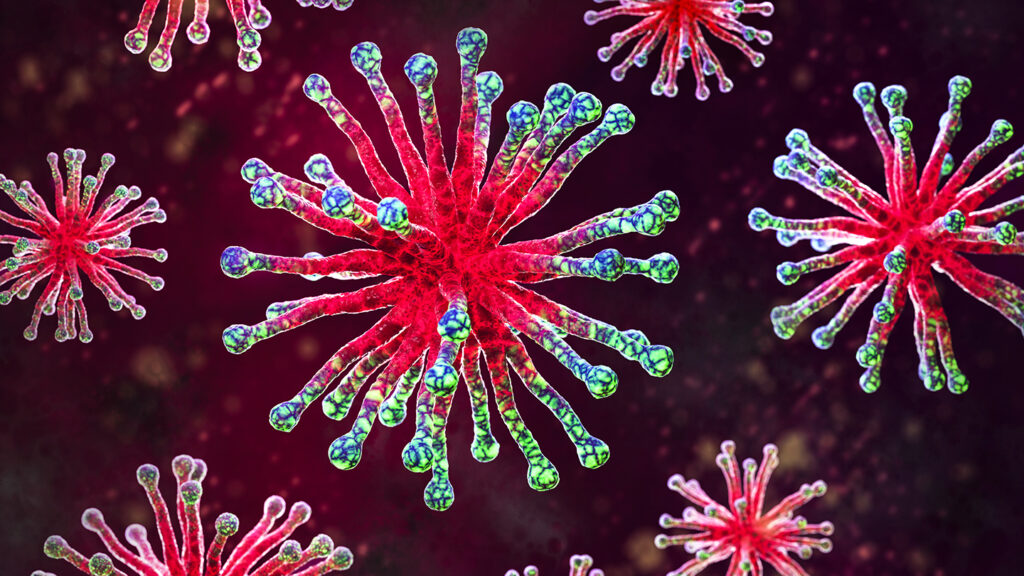
A new light-based sterilization system has shown promise for destroying airborne viruses without some of the issues of previous systems, research shows.
Such technology could be extremely useful in long-term care facilities, where there is a disproportionate threat of diseases like COVID and the flu compromising residents’ health.
In fact, the far-UV could be ideally suited to protecting against COVID, the study authors said.
Although UV sterilization technology isn’t new, most systems require a room to be empty, as the light can damage a persons’ eyes and skin as if they’d spent too much time inside a tanning bed.
That in turn renders such methods less effective because an empty room could be sterilized only to become a virus-laden danger zone once people start repopulating the space, the authors noted.
But by utilizing what researchers term “far-UVC” light, occupied rooms could be sterilized without causing any harm to people.
A far-UVC system was able to “deactivate” 99% of viruses in an occupied work environment, the study found; its authors claim that their research was the first study on far-UVC conducted in a real-world setting.
“Whole-room disinfection with far-UVC is an emerging intervention for pandemic and epidemic control that has the potential to become part of the layered strategic approach to minimize transmission of airborne pathogens in occupied indoor spaces, including ventilation and filtration,” the study authors concluded.
A number of promising recent innovations have demonstrated the ability to neutralize diseases that are particularly dangerous to seniors.Certain laser-like wavelengths of light can destroy the protein structures within COVID, a recent study demonstrated. In addition, a light-sanitizing robot, Xenex’ LightStrike, received FDA clearance late last year as a roving UV-germ-zapper, McKnight’s reported.



